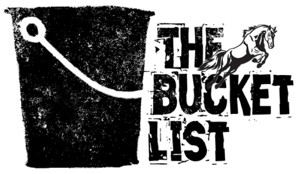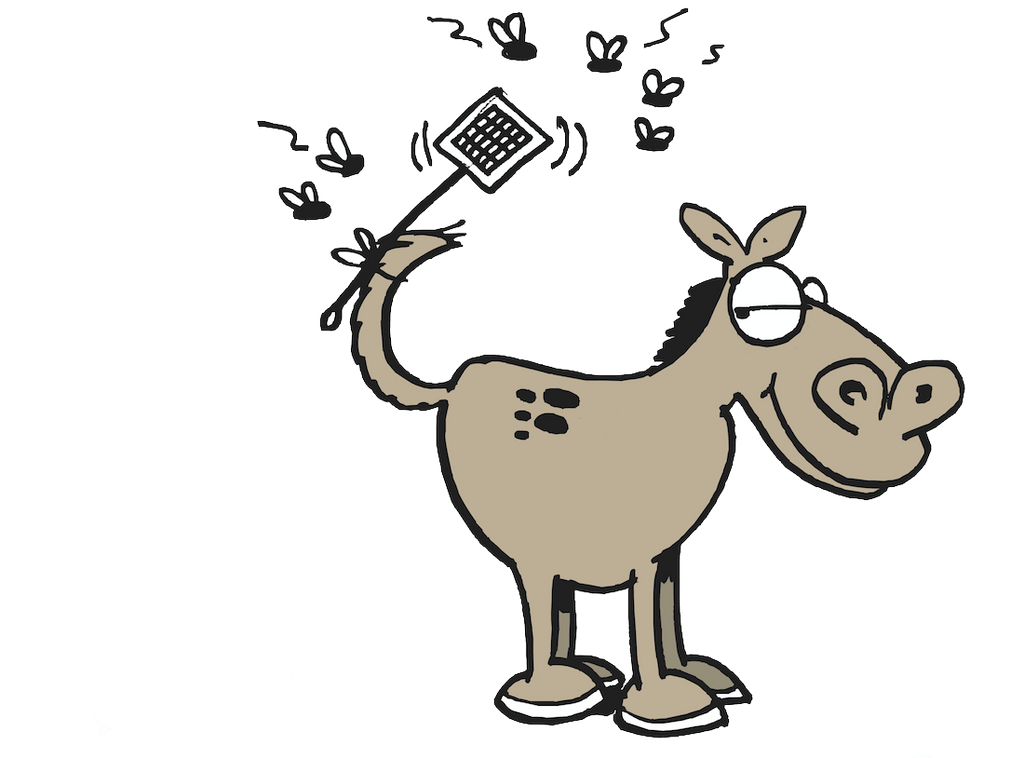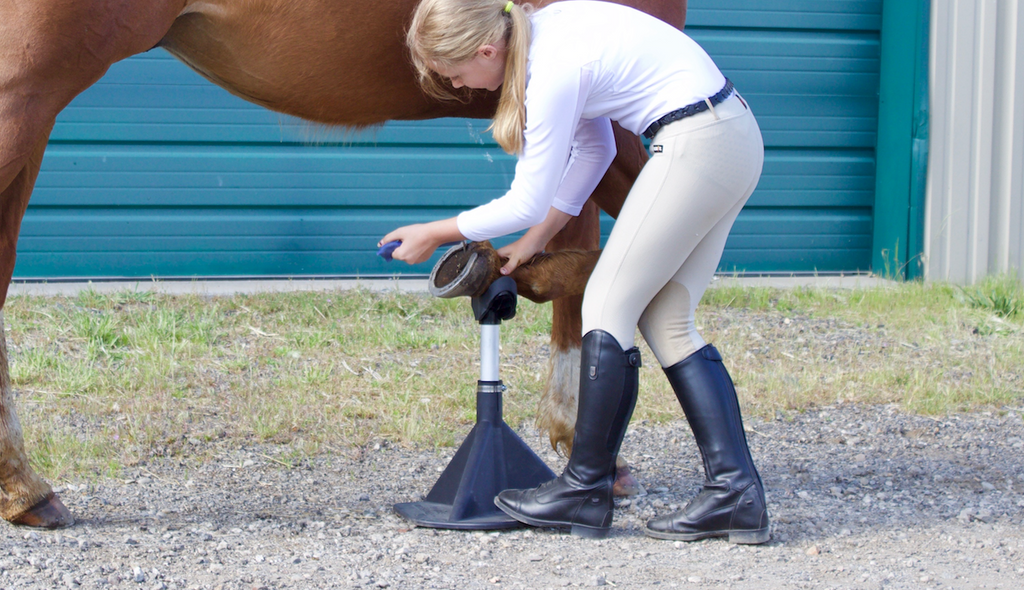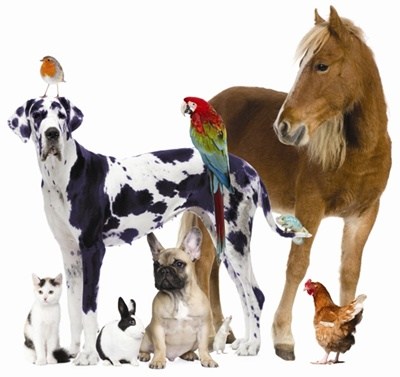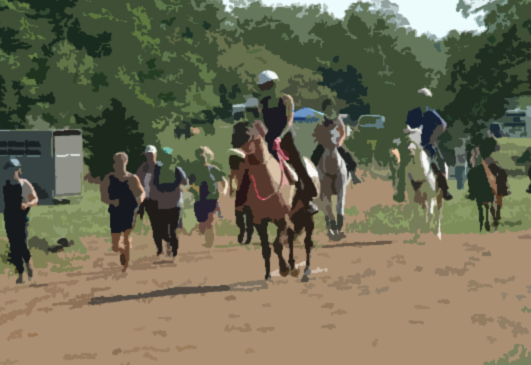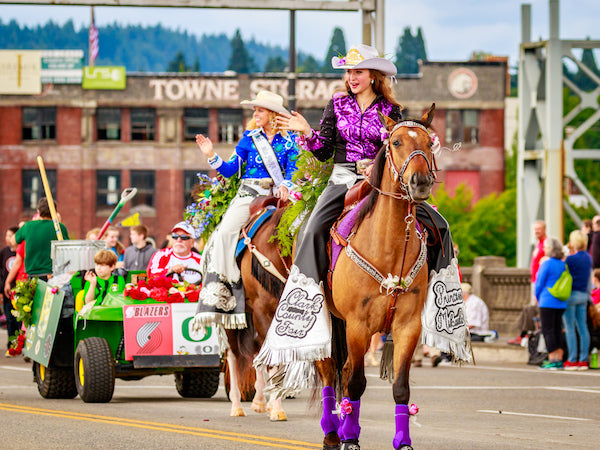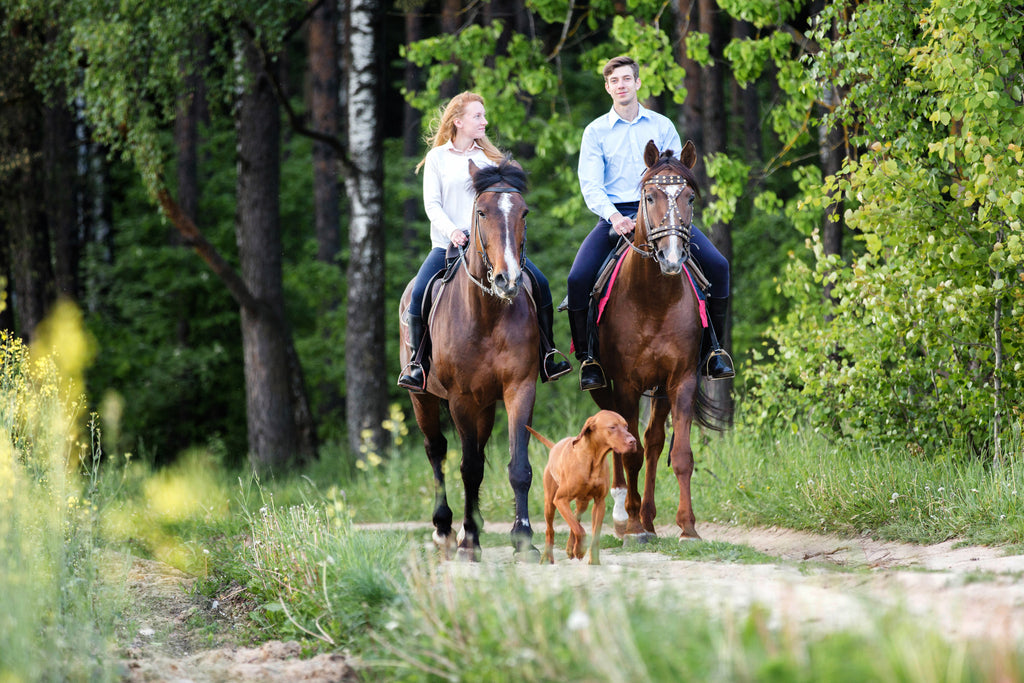So, you are thinking about riding in a parade with your horse. Sounds pretty fun right? It can definitely be a great experience if you and your horse are prepared and have the right tools and information for the job. If you are thinking about pavement riding in any capacity, there are a few things you should know so that you can create a safer, more comfortable experience for you and your horse.
When a person takes on a sport like soccer, basketball or track, or you enjoy backpacking, hiking or running, what is the first thing that comes to mind? Your shoes right! This is because when we do these activities the most important tool for a comfortable and positive outcome is what we put on our feet. Try to do these activities in the wrong shoe, and you are setting yourself up for pain and injury.
The same goes for your horse. When considering riding in a parade or riding on pavement at all, you should consider what horseshoes are on your horse's feet. It can make a difference between a happy ride for you and your horse, or pain and injuries due to the shock of riding on the road, or the potential of your horse slipping and injuring himself or you.
When the horse’s weight descends, the hoof is sandwiched between that load and the ground. It is meant to spread apart upon weight bearing, with the coffin bone dropping down like a trampoline. This is the natural shock-absorption feature of the hoof. The walls spread apart and the sole draws flat. Horses with this elasticity and hoof function are most adequately prepared to absorb shock and concussion. When metal is nailed in all around, how does the hoof perform its duty? Where is the shock absorbed? Most likely it is absorbed in the sensitive tissue of the hoof or further up the structure of the leg, which is what needs to be prevented. If we allow our horses to function more naturally they would not be showing increasing symptoms of pain and discomfort.
The metal shoe is nailed on when the hoof is in the air. It is at its smallest, most contracted shape. It is not weight-bearing or in movement, and is held firmly in this state by the metal – no expansion and nowhere for the coffin bone to descend. As the coffin bone pushes down under the horse’s weight, it is then bruising the solar corium which cannot expand and draw flat to get out of the way. This lack of flexibility and cushioning can cause problems with circulation, foot and joint pain and may cause damage to the structure of the foot in some cases. Not to mention put undue stress on the ligaments and tendons and irritate connective tissue. Metal horseshoes can also be very slippery and provide no traction. Think about this scenario when you are riding in a parade for instance. Your horse is pounding the pavement for a couple of hours. Maybe trotting some of that distance and his hooves, joints, ligaments, and tendons are feeling every step. Or, your horse gets overly excited or spooks and slips right out from under you.
Horses were first shod before we understood the physiology of the hoof and certainly before we had our current level of technology. Today’s compounds have far greater shock absorbing features than metal. If you take a metal shoe and bang it against a rock, you will feel the reverberation all the way up your arm. So imagine your horse walking or trotting down the road in a parade and experiencing that reverberation and shock the entire time. Plastic horseshoes, however, absorb the shock rather than transmitting it through the hooves so that the sensitive lamellae of the hoof is not compromised but supported. The main support system of the coffin bone can remain strong and integral when the high-frequency vibration of impact on metal is not constantly jarring. Plastic shoes also aid in improved circulation and healthy blood flow aids in the prevention of injury and facilitates healing.
So before you hit the pavement, consider your options and what can provide the safest and comfortable ride.

